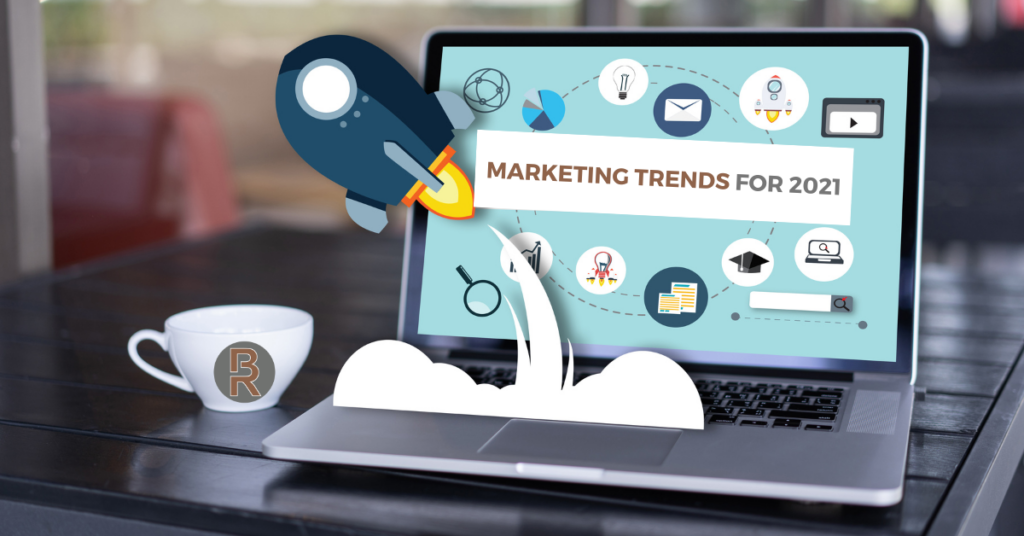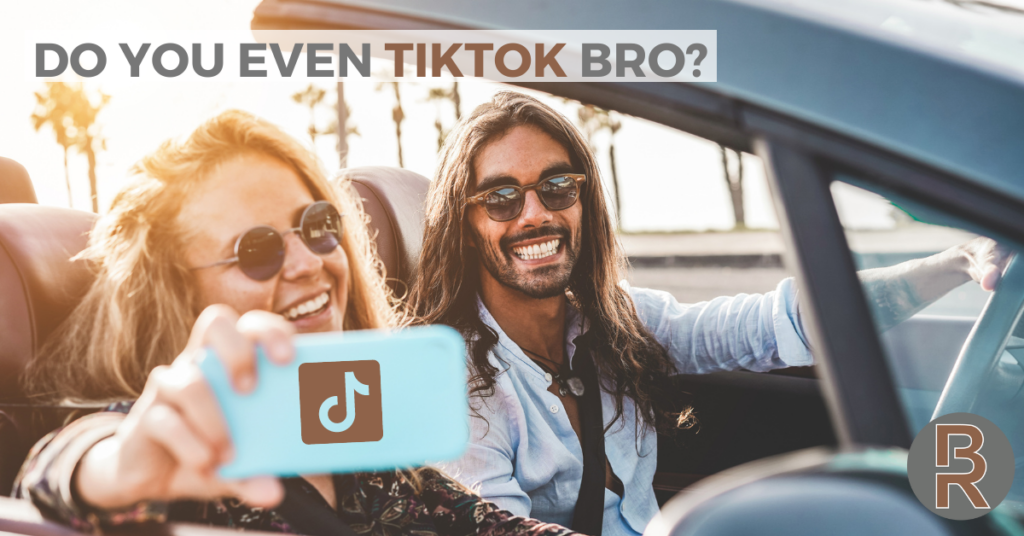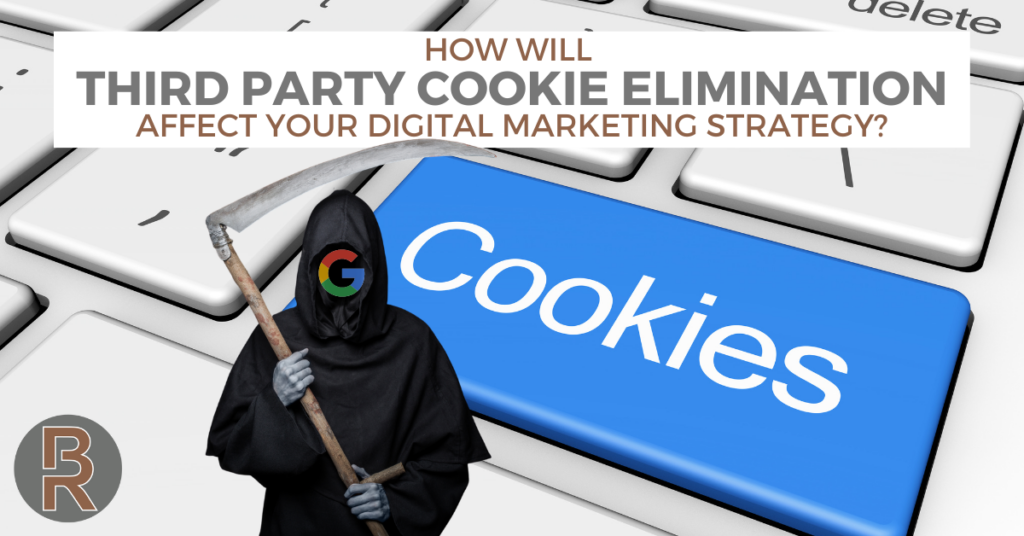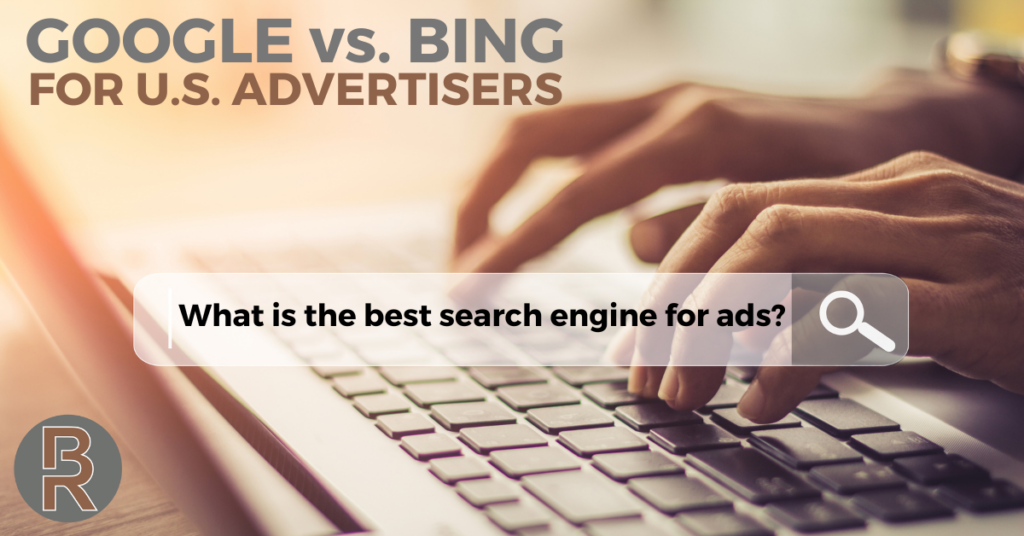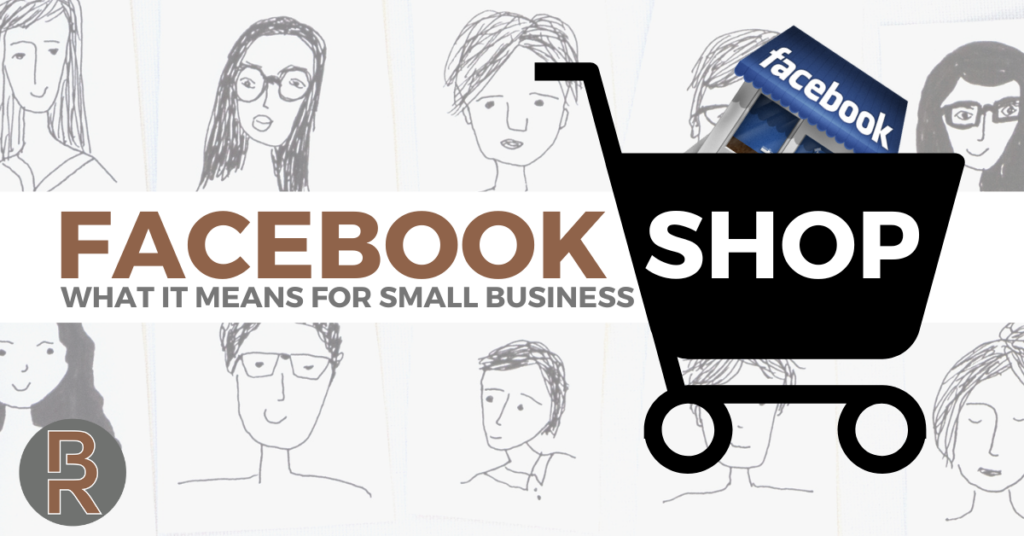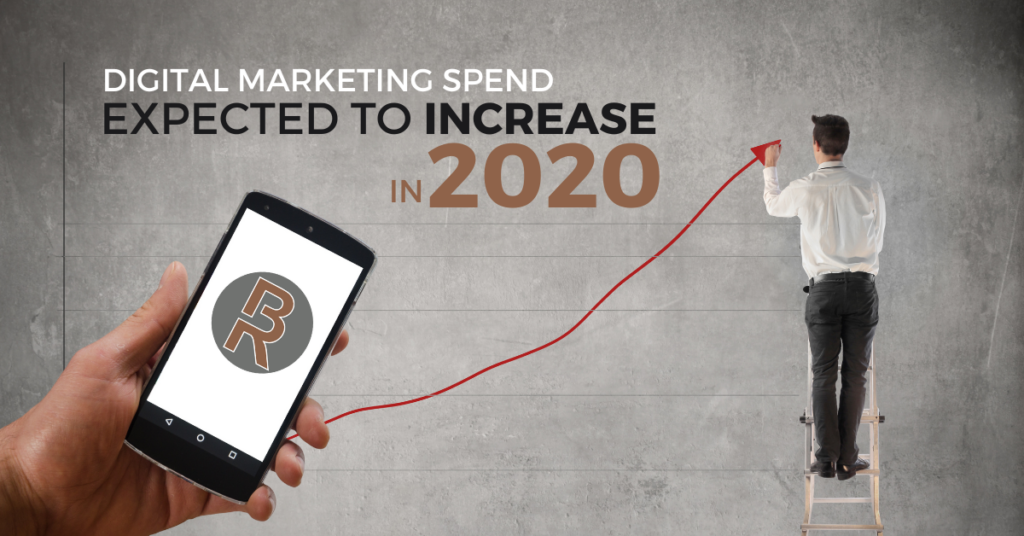Display is NOT Dead
When talking with business owners and managers about Display advertising, there is often a disconnect or lack of understanding of current day digital display campaigns, their capabilities, and how they are best utilized. Many folks generally think that display ads are simply banner ads placed on news websites and sold directly from that news outlet […]
Display is NOT Dead Read More »


